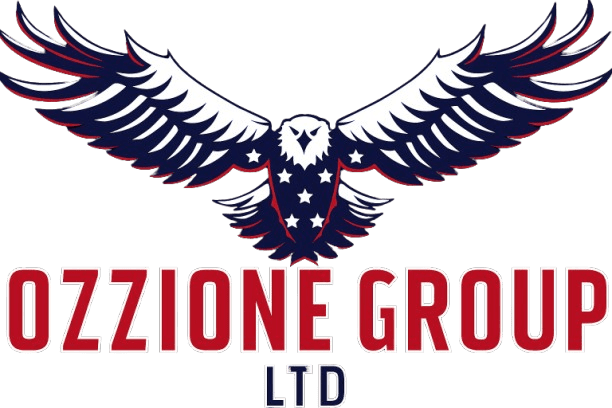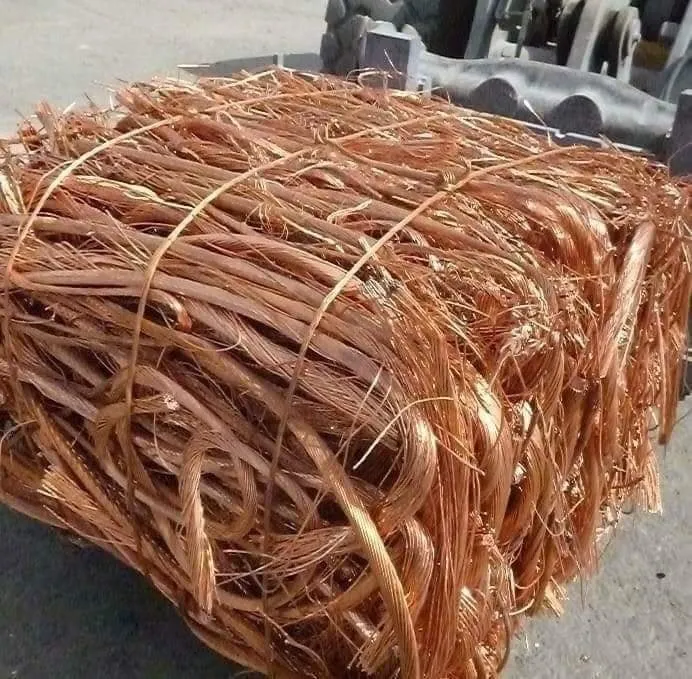Insulated Copper Wire Scrap Price: What You Need to Know
Insulated copper wire scrap price is an important factor for anyone involved in the recycling industry, electrical work, or construction. As one of the most commonly recycled materials, insulated copper wire—used in everything from power lines to household electronics—has consistent demand. However, its pricing can vary widely based on several conditions, including copper content, insulation type, and current market trends.
Understanding how insulated copper wire scrap is valued and what affects its price helps sellers and buyers make smarter, more profitable decisions.
What Is Insulated Copper Wire Scrap?
Insulated copper wire scrap refers to used copper wire that still has its plastic, rubber, or fabric insulation. This wire comes from electrical wiring, machinery, electronics, and building infrastructure. Since the insulation must be removed during the recycling process, insulated wire usually fetches a lower price than bare copper wire. However, the value remains substantial, especially when copper prices are high.
There are various types of insulated copper wire, including:
- Household wire (Romex)
- Communication cable (Cat 5, Cat 6)
- Heavy-duty power cable
- Appliance cords
Each type contains different amounts of copper and insulation, which affects the rate recyclers are willing to pay.
Factors That Affect Insulated Copper Wire Scrap Price
Several key factors influence the insulated copper wire scrap price:
1. Copper Content
The most significant factor is how much copper is actually inside the wire. For instance, thick, multi-strand wires have more copper than thin communication cables. The more copper a wire contains by weight, the higher its scrap value.
2. Type of Insulation
Wires with thick or multiple layers of insulation require more processing, which lowers their resale value. Conversely, wire with thin insulation is easier and cheaper to recycle, leading to higher prices.
3. Market Copper Prices
The global copper market has a direct impact on scrap wire pricing. As copper demand rises, such as during times of economic growth or infrastructure investment, scrap prices also increase. When copper prices drop, scrap wire follows the same trend.
4. Processing Costs
Recycling centers factor in the cost of stripping insulation when determining their payout. If labor or energy costs rise, it can reduce the amount they offer for insulated wire scrap.
5. Quantity and Grade
Large volumes of sorted, high-grade insulated wire often attract better rates. Mixed loads or unsorted wire typically receive lower prices.
Tips to Get the Best Price
To maximize your earnings from insulated copper wire scrap:
- Sort your wire by type and thickness before selling.
- Strip the insulation if possible—bare copper sells at a much higher rate.
- Monitor copper market trends to sell when prices are high.
- Get quotes from multiple recycling centers to compare offers.
Conclusion
The insulated copper wire scrap price is influenced by multiple factors, including copper content, insulation type, and global copper market trends. Although it usually sells for less than bare copper, it still holds significant value—especially when prepared and sorted properly. By staying informed and optimizing your recycling strategy, you can ensure you get the best possible return from your insulated copper wire scrap.

